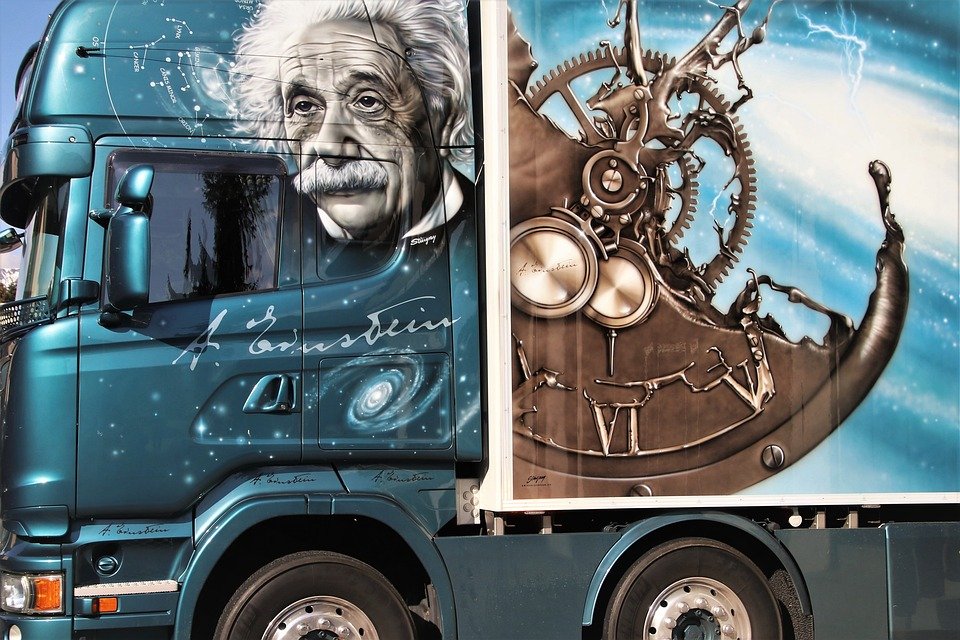Unlocking Digital Possibilities: Exploring the World of Free NFTs
Introduction
NFTs, or non-fungible tokens, have been making headlines in recent years as a new form of digital asset ownership. From artwork to music and even virtual real estate, NFTs have revolutionized the way we perceive and exchange digital goods. However, the perception that NFTs are only for the elite and financially privileged is slowly changing with the emergence of free NFTs.
What are NFTs?
NFTs are unique digital tokens that represent ownership or proof of authenticity of a particular digital asset. Unlike cryptocurrencies such as Bitcoin or Ethereum, NFTs cannot be exchanged on a one-to-one basis due to their uniqueness and individual value. Each NFT is stored on a blockchain network, such as Ethereum, which ensures the security and immutability of the ownership record.
The Rise of Free NFTs
While NFTs have gained popularity among collectors and investors, the perception that they are exclusively for the wealthy has limited their accessibility. However, a new trend is emerging in the world of NFTs – free NFTs. These are tokens that are given away for free, either by individual creators or through platforms that support the distribution of free NFTs.
Free NFTs have the potential to democratize the ownership of digital assets, making them accessible to a wider audience. They provide an opportunity for artists and creators to showcase their work and gain recognition without the need for a large financial investment. Additionally, free NFTs can be a gateway for individuals to enter the world of NFTs and explore the possibilities they offer.
Advantages of Free NFTs
1. Accessibility: Free NFTs eliminate the financial barrier to entry, allowing anyone with an internet connection to own and trade digital assets.
2. Exposure: Artists and creators can gain exposure and recognition by distributing their work as free NFTs, potentially leading to future collaborations and opportunities.
3. Experimentation: Free NFTs provide a low-risk environment for individuals to experiment with collecting and trading digital assets, without the fear of losing a significant investment.
4. community Building: The distribution of free NFTs can foster a sense of community and engagement among collectors, artists, and enthusiasts.
Exploring Free NFT Platforms
Several platforms have emerged that specialize in the distribution of free NFTs. These platforms allow artists and creators to mint and distribute their work as free tokens, enabling them to reach a wider audience. Some popular platforms for free NFTs include:
1. Rarible: Rarible is a decentralized platform that allows users to create, buy, and sell NFTs. It also supports the distribution of free NFTs, making it an ideal platform for artists and creators to showcase their work.
2. Opensea: OpenSea is one of the largest NFT marketplaces, supporting both paid and free NFTs. It provides a wide range of digital assets, including art, virtual real estate, and collectibles.
3. Mintable: Mintable is a user-friendly platform that allows creators to mint and distribute free NFTs. It also provides tools for customization and engagement with the community.
FAQs
1. Are free NFTs less valuable than paid NFTs?
The value of an NFT is subjective and depends on factors such as the demand for the asset and the reputation of the creator. While paid NFTs may have a perceived higher value due to their monetary exchange, free NFTs can still hold significant value in terms of exposure and recognition.
2. How can I find free NFTs?
Platforms like Rarible, OpenSea, and Mintable provide filters and categories specifically for free NFTs. By browsing these platforms and exploring different collections and artists, you can find a wide range of free NFTs to add to your digital collection.
3. Can I sell my free NFTs?
Yes, you can sell your free NFTs on platforms that support trading and selling of NFTs. However, it is important to note that the perceived value of a free NFT may be lower compared to a paid NFT, depending on the demand and popularity of the asset.
4. How do free NFTs benefit artists and creators?
Free NFTs can provide artists and creators with exposure and recognition, potentially leading to future collaborations, commissions, or sales of their other works. It allows them to showcase their talent and reach a wider audience without the need for significant financial investment.
5. Are free NFTs limited to digital artwork?
No, free NFTs are not limited to digital artwork. They can represent various digital assets such as music, videos, virtual real estate, collectibles, and more. The possibilities for free NFTs are vast and constantly expanding as creators explore new avenues for digital ownership.
Conclusion
Free NFTs have opened up a world of possibilities for digital asset ownership, making it more accessible and inclusive. By removing the financial barrier to entry, artists and creators can showcase their work and gain recognition, while individuals can explore the world of NFTs without a significant investment. As the popularity of NFTs continues to grow, the emergence of free NFTs is an exciting development that democratizes the ownership of digital assets and fosters a sense of community and engagement among collectors and enthusiasts.

